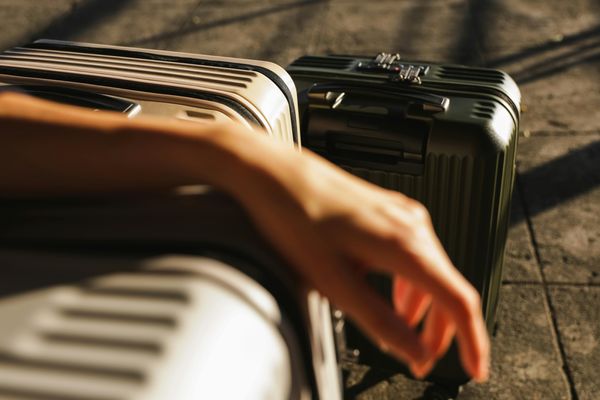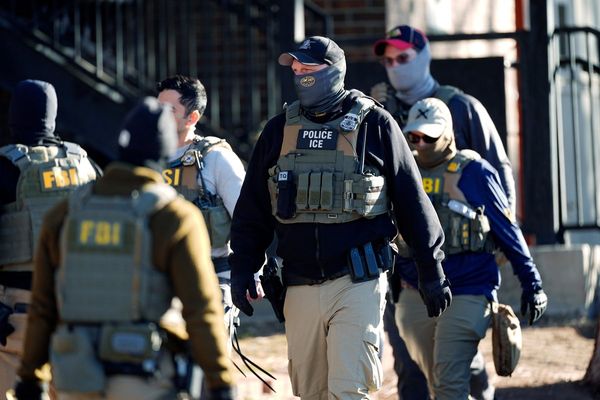
Treasurers in Australia’s two most-populous states have criticised the Albanese government, claiming cuts in infrastructure and other transfers had buffed up the outlook for the federal budget at the expense of their own.
Daniel Mookhey, New South Wales’ treasurer, unveiled a mid-year budget update for his state on Thursday showing the deficit for the 2023-24 year had ballooned by $1.7bn to $9.6bn since the budget was released three months ago.
Of that larger deficit, about half came from lower projected investment returns, with higher interest rates adding $500m to debt servicing and cuts by the Commonwealth for 17 scrapped or revised infrastructure projects costing $400m this year alone, with an estimated reduction in grant revenue of $3.2bn.
The infrastructure cuts will cost the NSW about $1.6bn over five years to 2027-28, and will affect a range of projects include the new western Sydney airport.
“That decision by the federal government punishes communities that made that investment,” Mookhey said. “We expect [them] to return the money that they took off NSW families.”
The comments came a day after his federal counterpart Jim Chalmers announced the mid-year budget update (Myefo) that projected a narrowing of the projected deficit to $1.1bn for the 2023-24 year. Given the forecast’s conservative commodity price estimates, though, a second consecutive budget surplus looks likely.
“It’s wrong for the federal government to be bragging about returning to surplus after breaking the hearts of many people who expected their infrastructure investment,” Mookhey said, adding he couldn’t guarantee his government would pick up the tab for all 17 of the affected projects.
Tim Pallas, Victoria’s treasurer, said the state’s share of funding entitlements had gone from 23% of the total to 19.2% after Myefo. Of $11bn in so called critical infrastructure projects support by the Commonwealth, Victoria’s share was only about $102m or about 1%.
Pallas said Jim Chalmers was a beneficiary of the fact Victoria was the fastest growing economy in the nation, generating more revenue for the Commonwealth.
“Unfortunately, it’s not being translated into a fair go for Victoria,” he said. “[I]f you’ve got a problem, get the states to fix it for you.”
Chalmers told RN Breakfast on Thursday, that the infrastructure pipeline was changed by “reprofiling, reshaping … but it’s not smaller over that ten-year period”.
“[T]he states have done really well out of the Commonwealth in recent times,” Chalmers said. “We’ve just provided a big health and hospitals boost, which we’re proud to do, we’ve just extended the GST No Worse-off Guarantee, even in infrastructure we’ve just doubled roads to recovery funding.”
“Everybody gets more over the ten-year period of the infrastructure pipeline,” he said. Despite the weaker budget, NSW still expects its budget to return to surplus by 2024-25, although each surplus is projected to be smaller than forecast three months ago. In 2024-25, the budget is predicted to be $475.1m in the black, $1.2bn in 2025-26 and $288m in 2026-27, the update shows.
Mookhey said NSW’s GST transfers would be hit by lower consumption as higher interest rates hit households. Decisions by the Minns government had only contributed $169m, or about 10% of the budget’s deterioration for this fiscal year.
Higher property and land prices were the main drivers for a $138.6m upward revision in projected taxation revenue for this year, with the four-year outlook boosted by $2.8bn. Drags on the budget included a revision lower in the projected royalties from mining by $281.9m over four years, mostly because of a drop in prices and volumes of thermal coal used in power stations.







